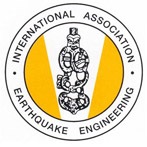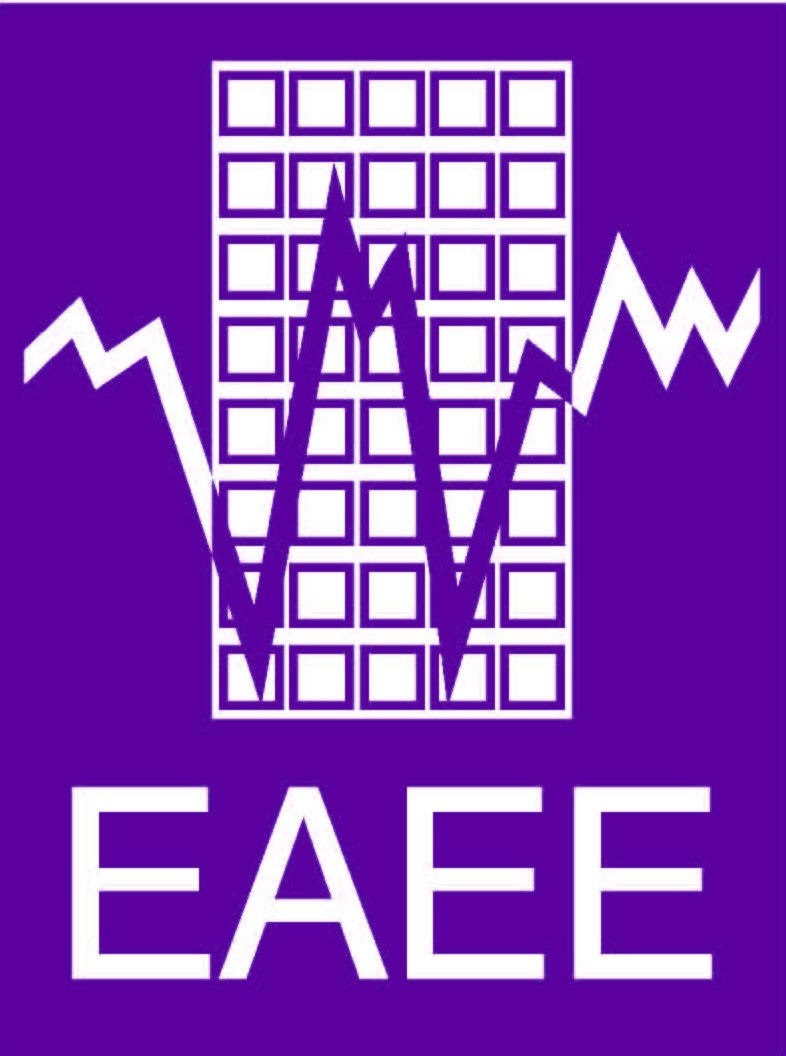European Union for Building Products Approval (UEAtc)
UEAtc was created in 1960. His history coincides with important changes in planning of standards (normative planning/ forming of normative base) and (with changes) in commercial development of building sector and with their regulation, beginning from post-war new technologies unprecedented on variety and volume.
UEAtc includes eighteen institutes-members, seventeen from which are placed on all EEA (European Economic Area) and one in Eastern Europe, namely SE NIISK, which by decision of State Construction Agency of Ukraine it was entrusted to present Ukraine. Beginning from 2007, specialists of institute participate actively in work of UEAtc.
The aim of UEAtc - to facilitate the movement of constructional products from country in country due to practice of mutual acceptance of voluntary approvals. A result of this collaboration was edition of seventy guidance documents, which co-ordinate methods of assessment of innovative constructional products and exchange (or confirmation) by few thousands approvals between institutes-members. It did well to many producers on all Europe.
The dominant trait of such voluntarily approvals - is that they concern to answering the purpose of constructional products and systems, for example after their use in structure, that distinguishes them from assessment of correspondence to standards and underlines their role, as additional/auxiliary to CE marking.
Process, which is completed by issue of approval - is all-round and includes:
- assessment of process of production (which is fully worked out or prototype)
- assessment of key operating characteristics
- assessment of process there, where it is expedient and it is necessary, preparation of appropriate personnel
- confirmation of correspondence of characteristics of structure, product/system to national standards
- confirmation of correspondence of product/system to requirements of other interested party e.g. insurers, architects, engineers-builders and habitants
- estimation of operating life of product/system
International experience of collaboration of members of UEAtc on a contractual basis was taken as a model at creation of Common European Market, which allows circulation of building products.
The next years of activity of UEAtc will characterize two different processes of changes, namely:
- on the one hand, entry into force of CPR (Construction products regulations) on European economic space;
- on the other hand, more clear and detailed conception of principle of constant development
in the whole world.
Interests of UEAtc include all innovative and traditional construction products, complete sets and systems, on which there are engineering specifications, given out on the basis of one or few approvals with complete providing of joint owners (interested persons) by technical information.
UEAtc aims to play leading role in prevention of problems and in joint problem-solving, which progressive-minded operators pose, especially producers and users of innovative products, processes and systems, making provision and inspiring future harmonization of normative legislation.
UEAtc works exceptionally on a voluntary basis and his members undertook commitments on achievement of following common aims:
- to assist constantly an increasing of designated sector and to promote more conscious use of newest technologies, directed to stable development of technically improved, safe and balanced market;
- to develop cooperation and exchange of experience among institutes-members, to support members of UEAtc in solution of their questions, by using wide range of experience, examination, tools and results;
- to coordinate the conduct of researches by means of parallel participation of their members, which perform researches, as main form of activity, in European organizations;
- to coordinate development of technical labour in new areas and to renew existing governing bodies;
- to offer to their members services for preparation of technical specifications;
- constantly to develop organization and support inside the honest dialogue on technical themes with chief negotiators and high representatives of stakeholders in the sector;
- to turn to problems, which relate to "the chain of construction" in order to find acceptable solutions in economically feasible cases on individual, national, international basis;
- to apply bilateral forms of acceptance /integration of individual national approvals by general criteria, determinated by all members with unanimous consent.








































